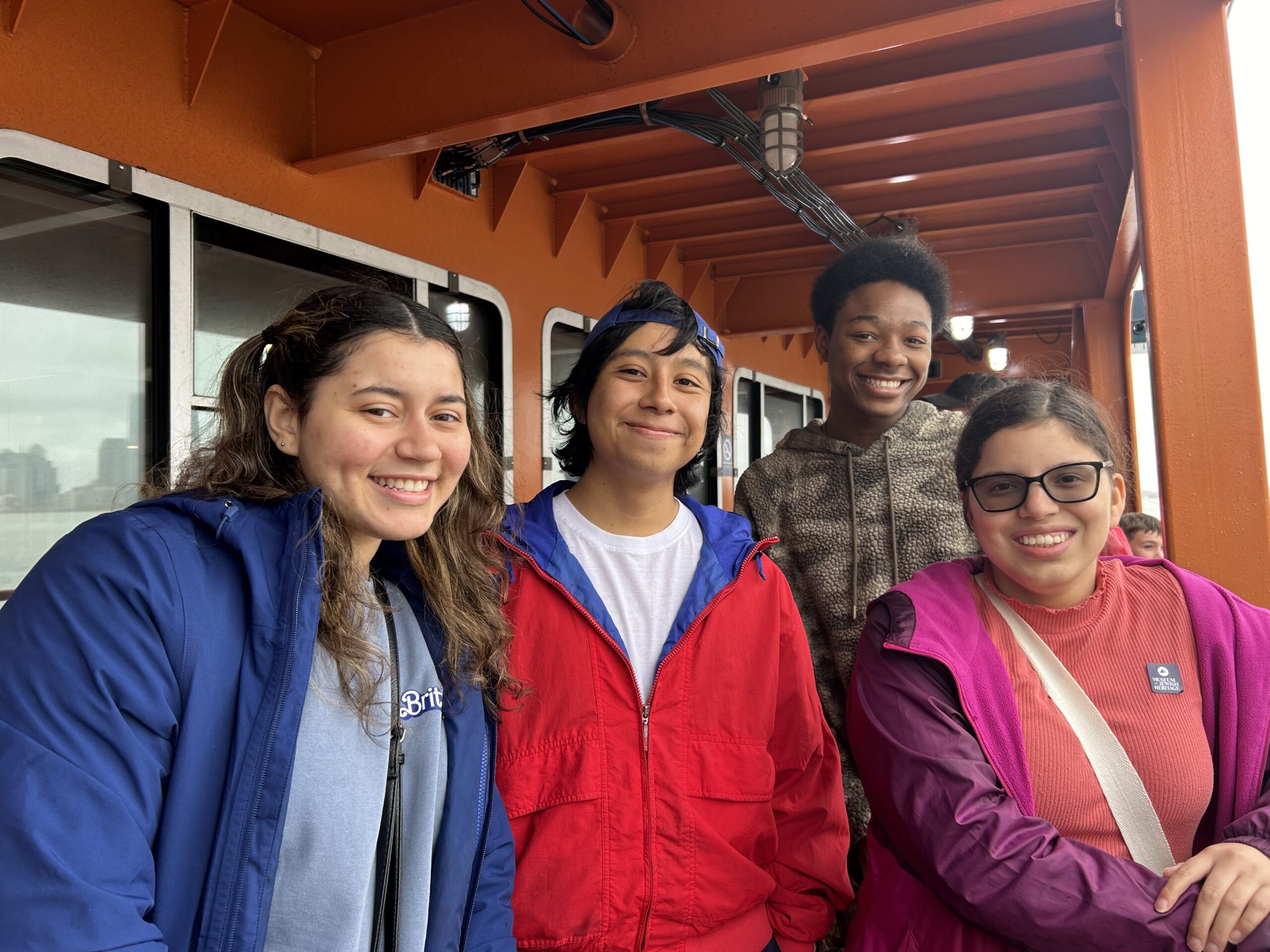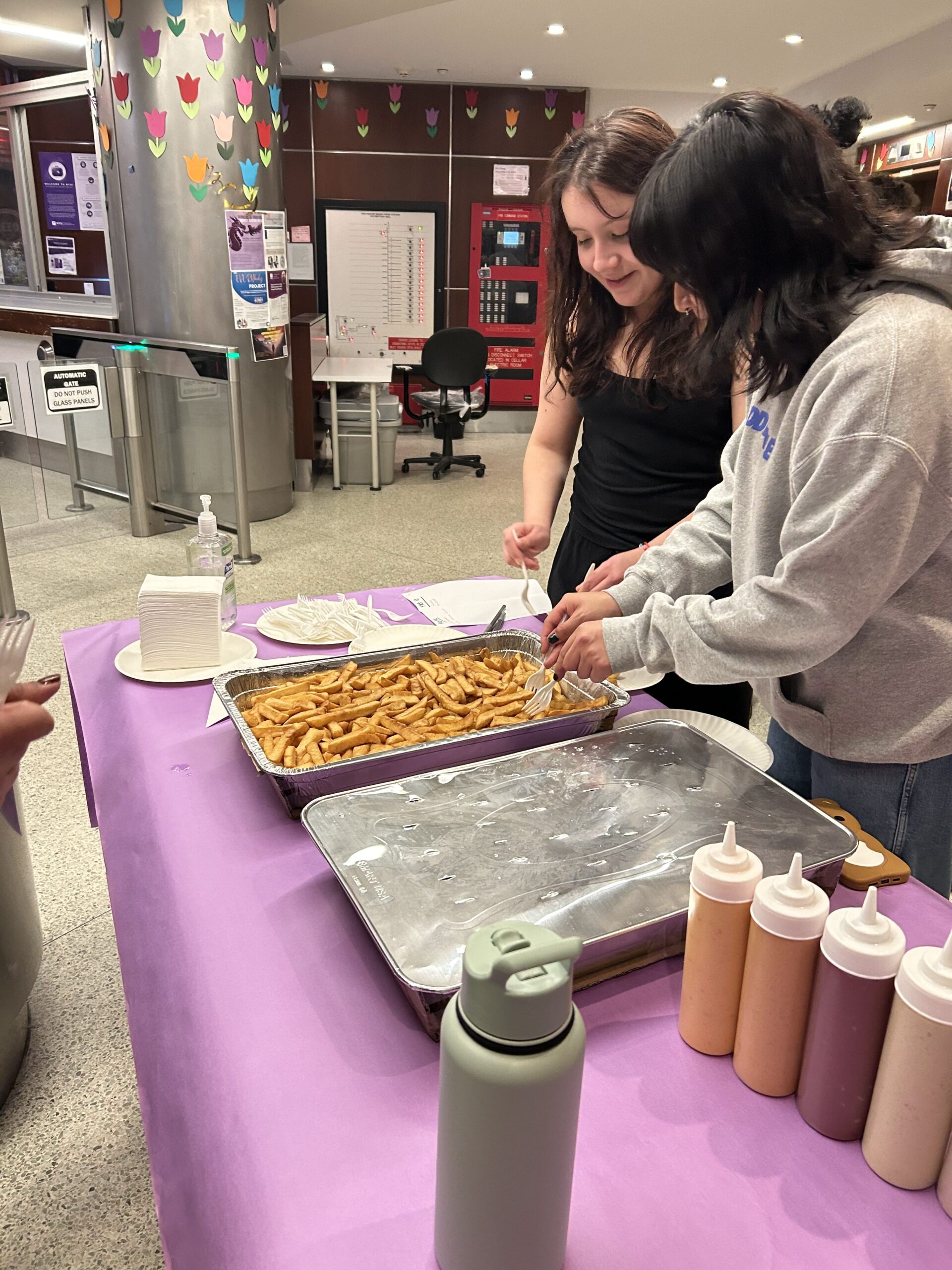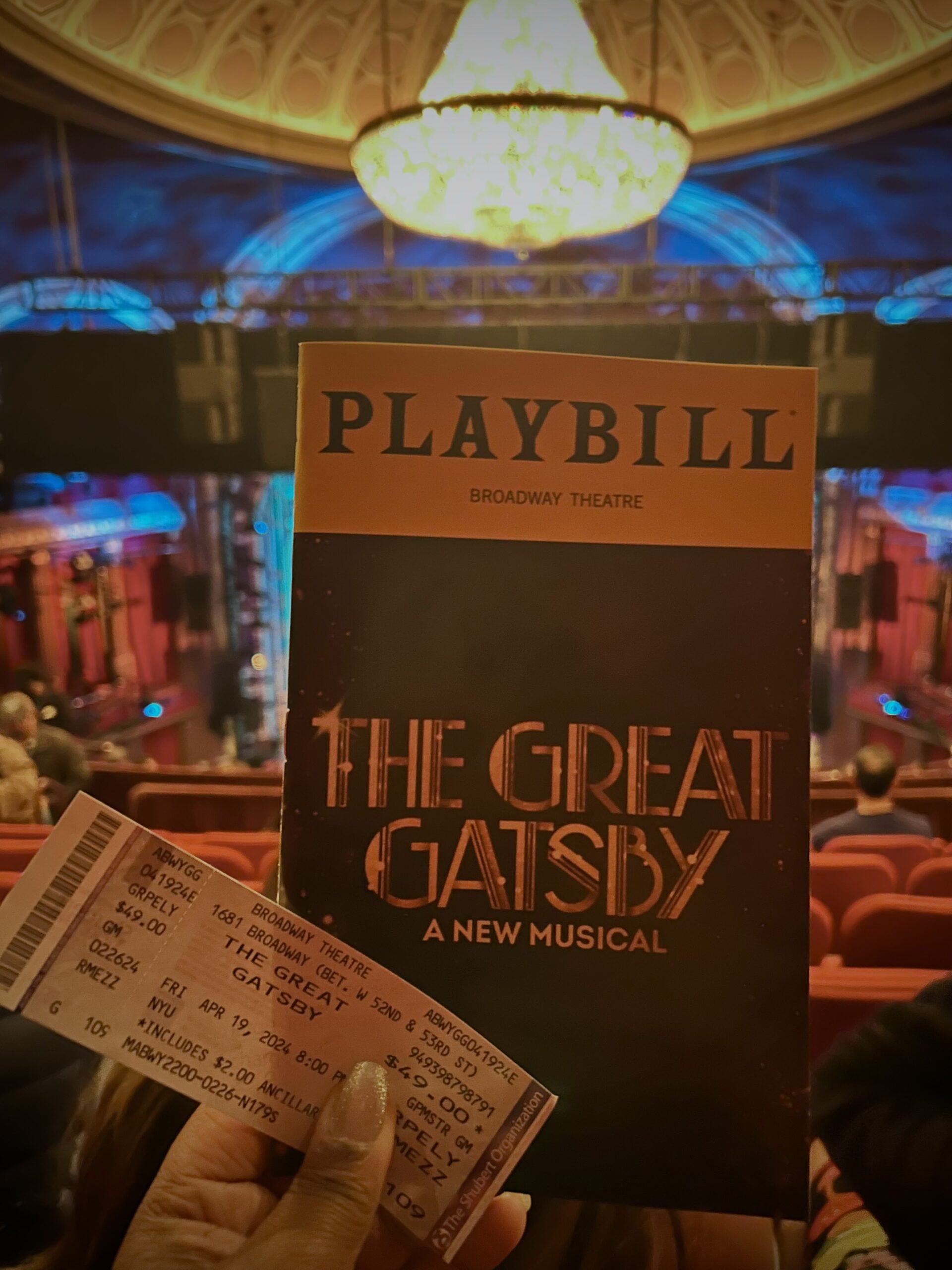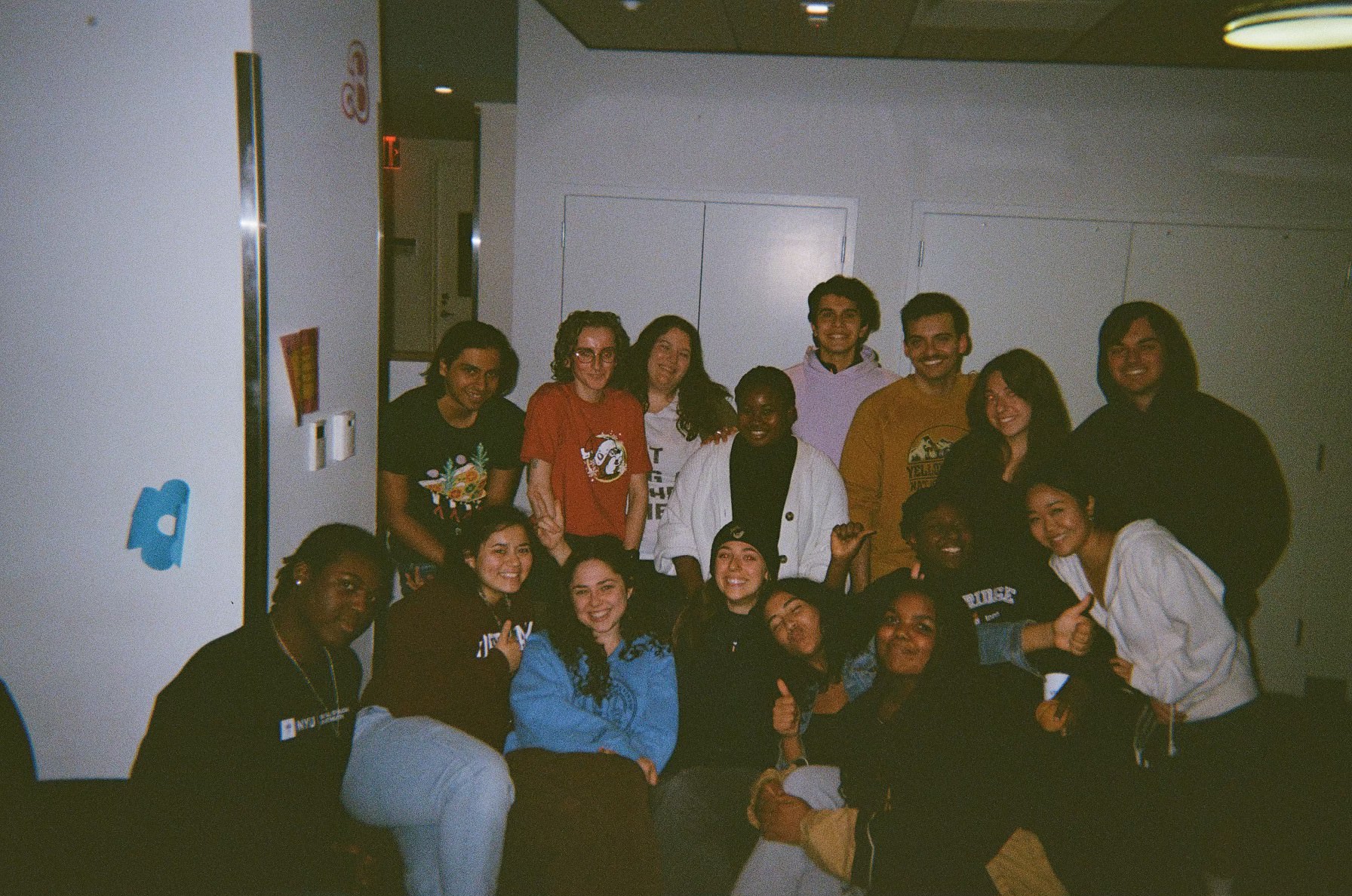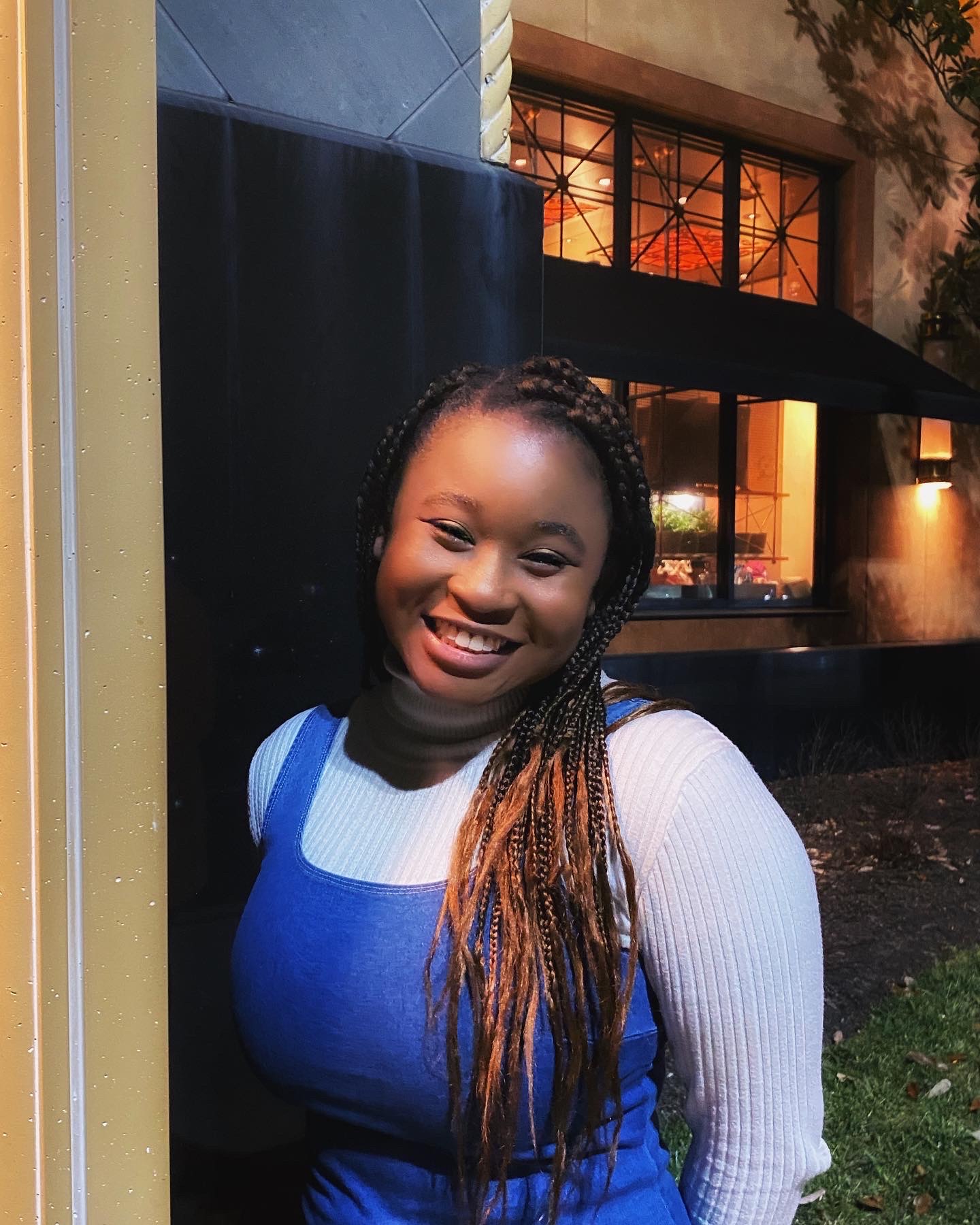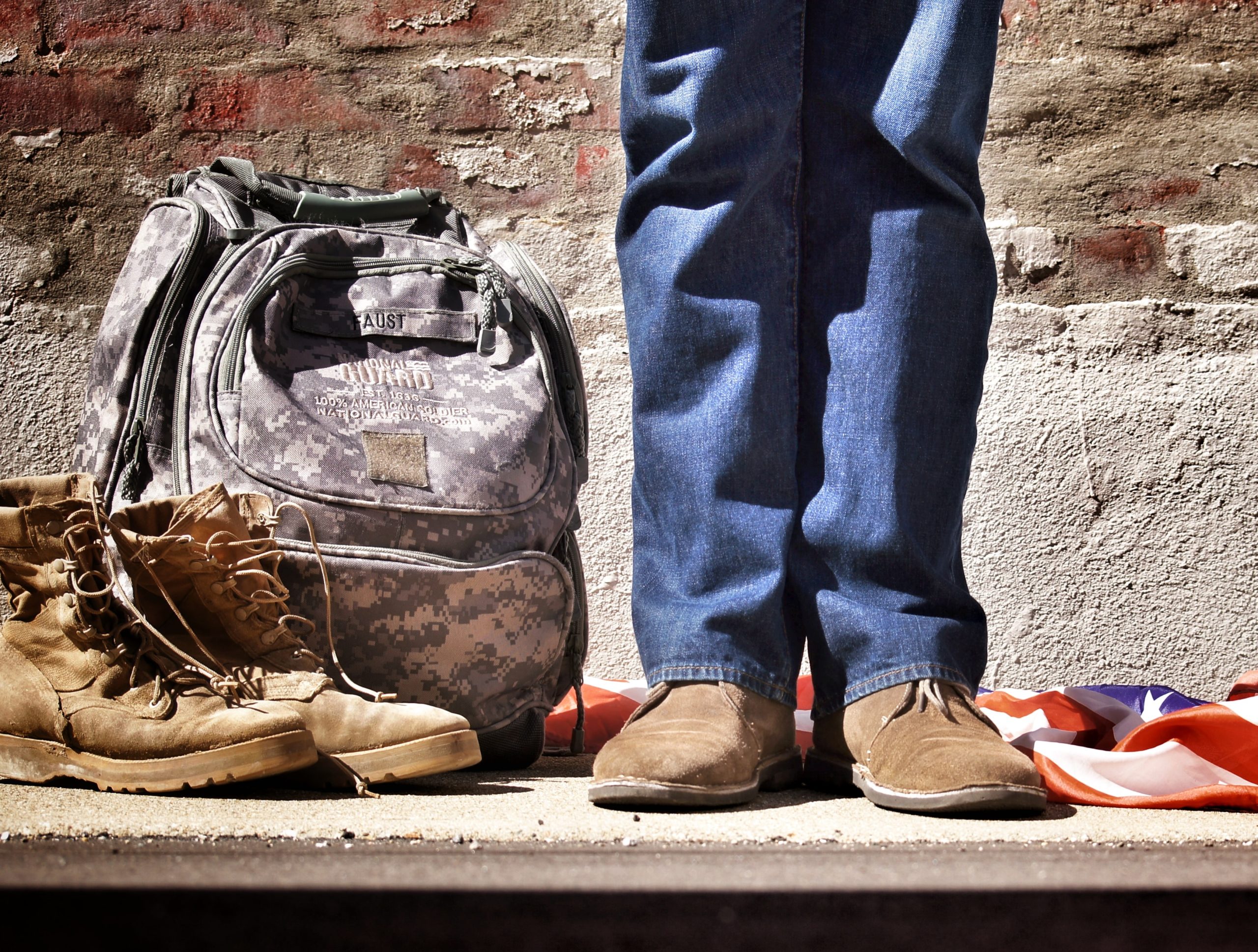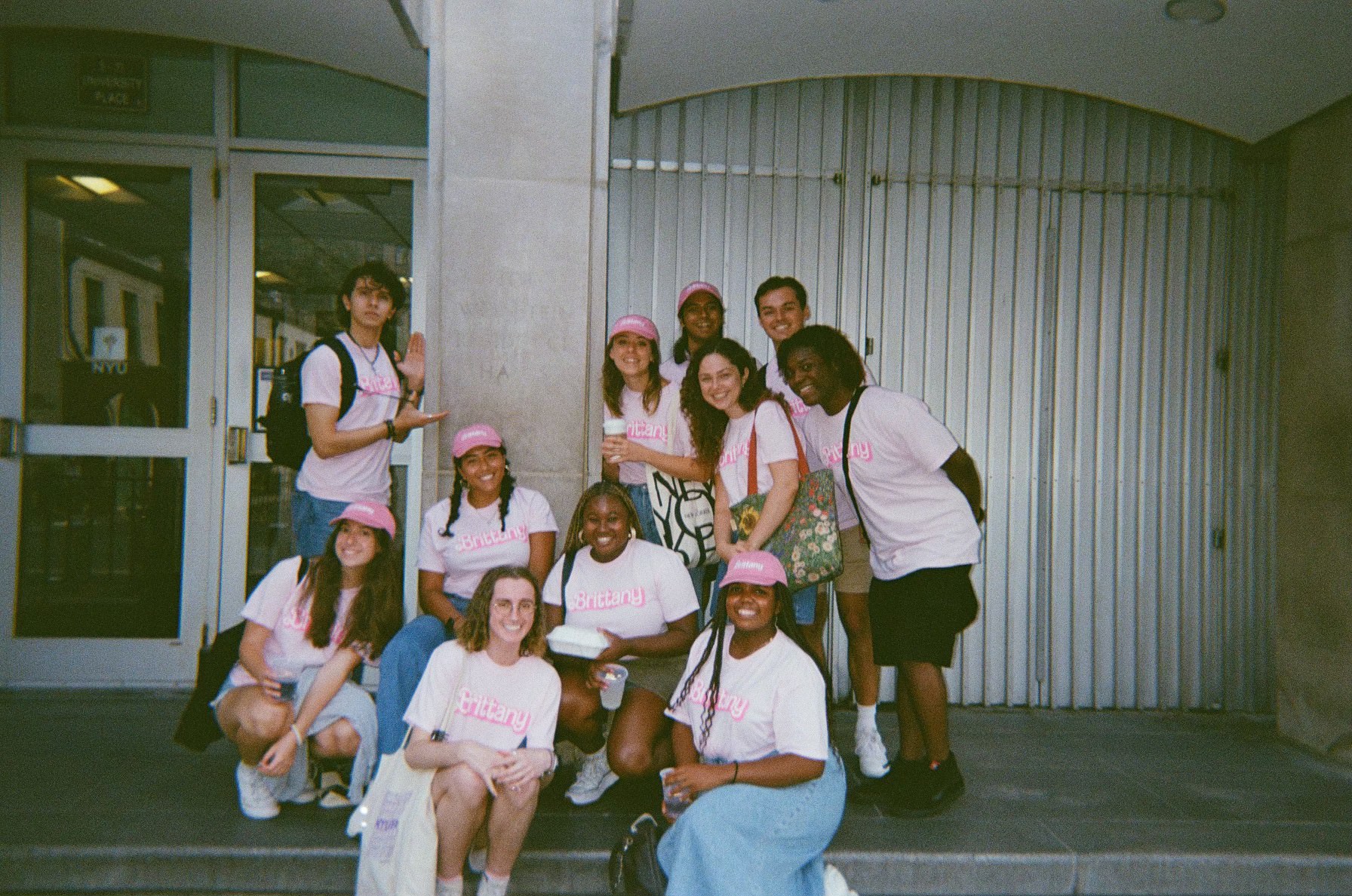
Becoming a resident assistant (RA) at NYU is a long process. There are different application stages to go through and interviews to complete. You’re creating hypothetical programs, meeting other candidates, and trying to decide which placement might be best for you. Knowing you’re going for such a coveted role on campus can be scary, but the payoff is gratifying. Here is a list of tips and pieces of advice that I’ve compiled over my past year of being an RA at a first-year residence hall.
Part One: The Application Process
To become an RA at NYU, first, you need to apply. Since only upper-class students can be RAs, you can begin the process as early as the fall of your sophomore year. The process has five main stages:
- Information Session
- Application
- Group Interview
- Individual Interview
- Reflection
In October and November, mandatory information sessions cover the RA role with plenty of opportunities to ask questions. Here is a list of all the application stages and each information session held for the upcoming semester.
At the end of the information session, you receive a link to officially apply for the role. Resident hall assistant directors (RHADs) review each application to see if anything aligns with what they’re looking for. They’ll then invite applicants to partake in a group interview. A group interview sounds scary, but anyone can prepare for it. You’ll answer questions as a group, work together to form programs and solve problems, and face hypothetical incidents that might arise during your time as an RA. Throughout the session, the group leader takes note of each applicant and how they interact with the others to solve each problem.
Part Two: Training
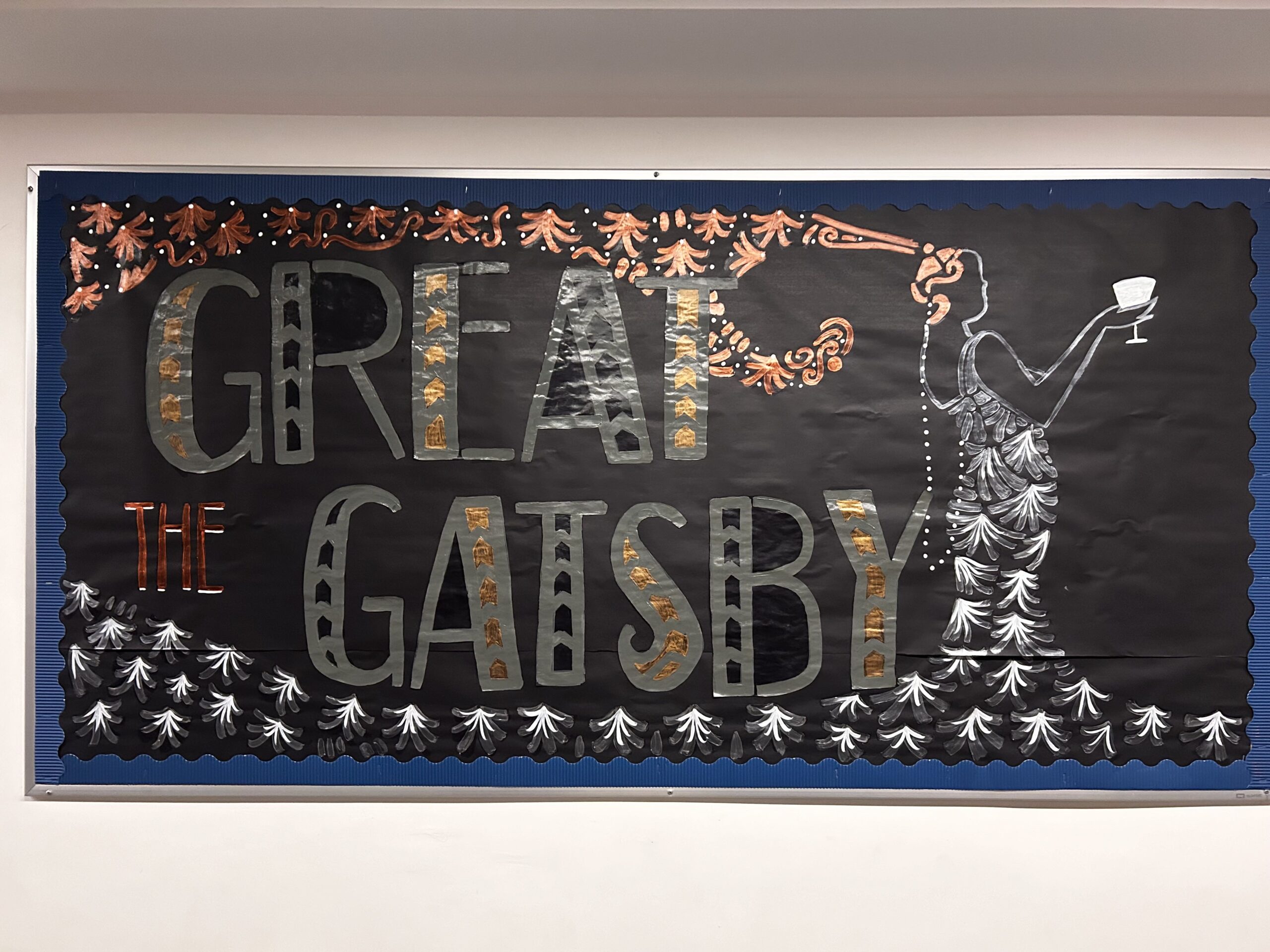
Though it seems like a tedious process, training is the backbone of your experience as an RA. In August, every fall RA goes through extensive training on community development, incidents, and inclusivity/accessibility practices. To ensure that each RA can handle any circumstance, this training spans several days. It involves sessions with your team or with the entire RA cohort, depending on the day.
Additionally, this is when you prepare your floor and door decorations. Each hall has different expectations regarding how much decorating needs to be done. Usually, you create a personalized door decoration for each resident. This past year, my fall theme was Motown, so I made each resident little records with different Motown songs on them. In the spring, my theme was The Great Gatsby, and I painted my bulletin board.
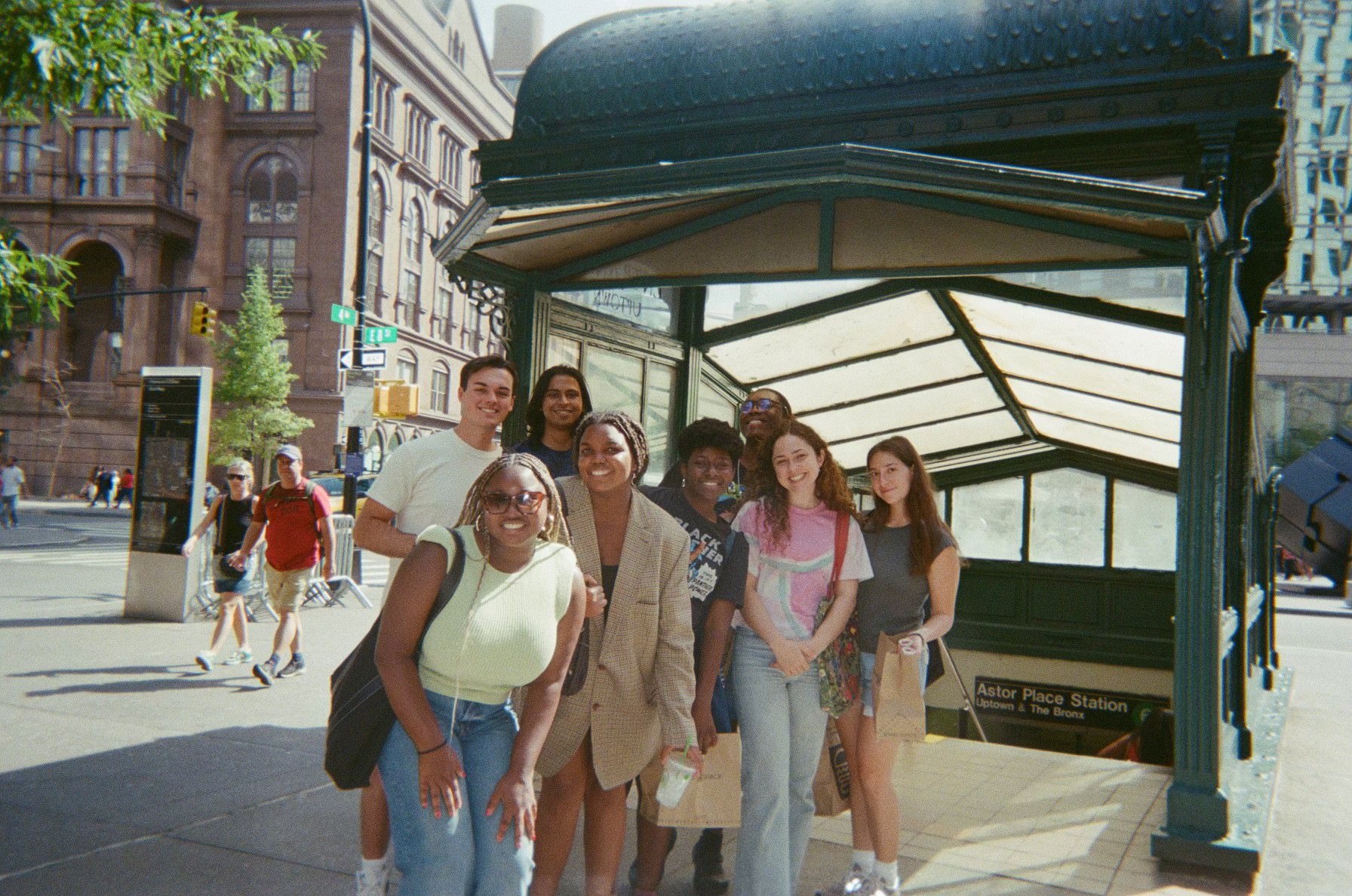
Part Three: Your Residents!
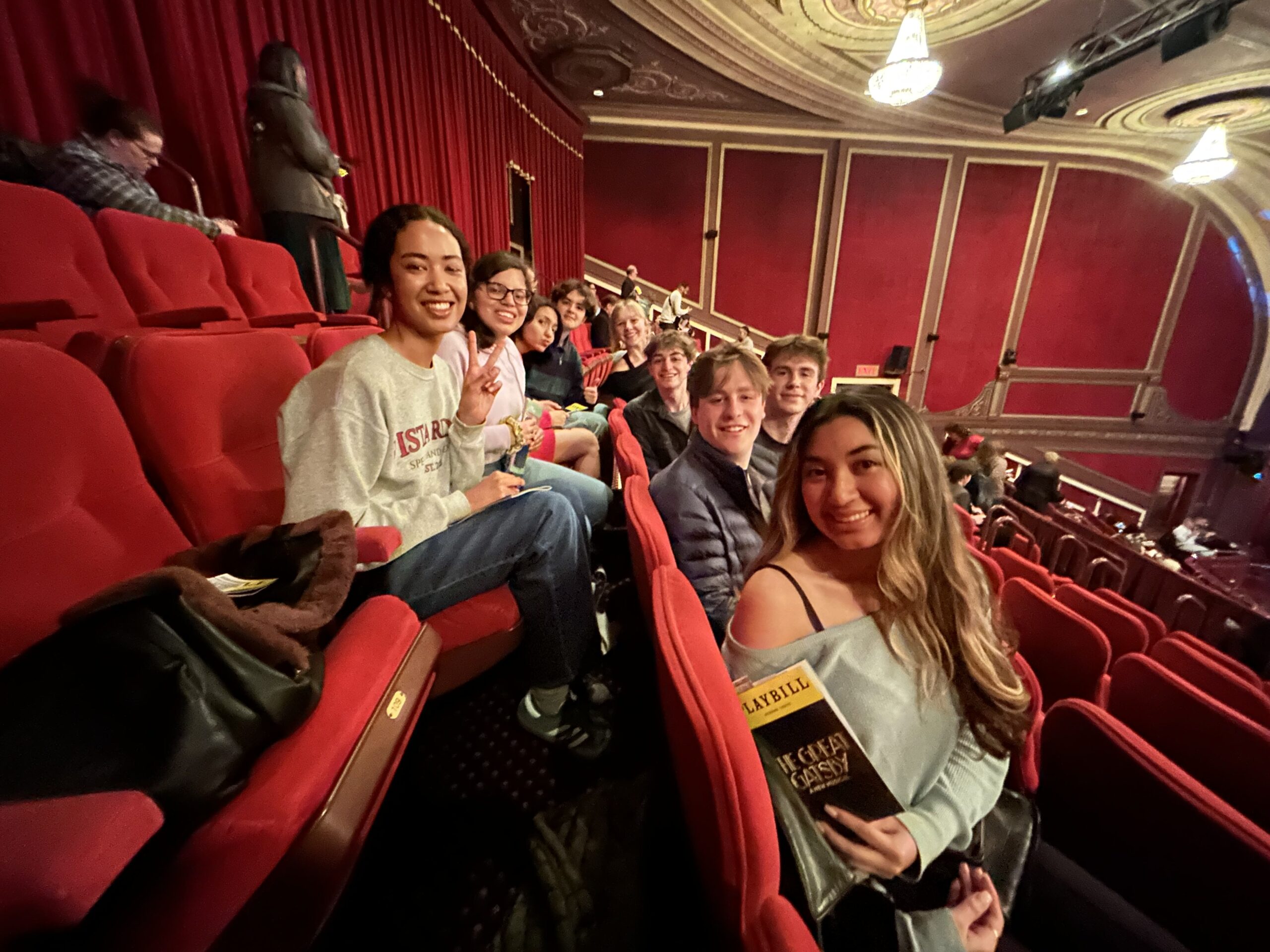
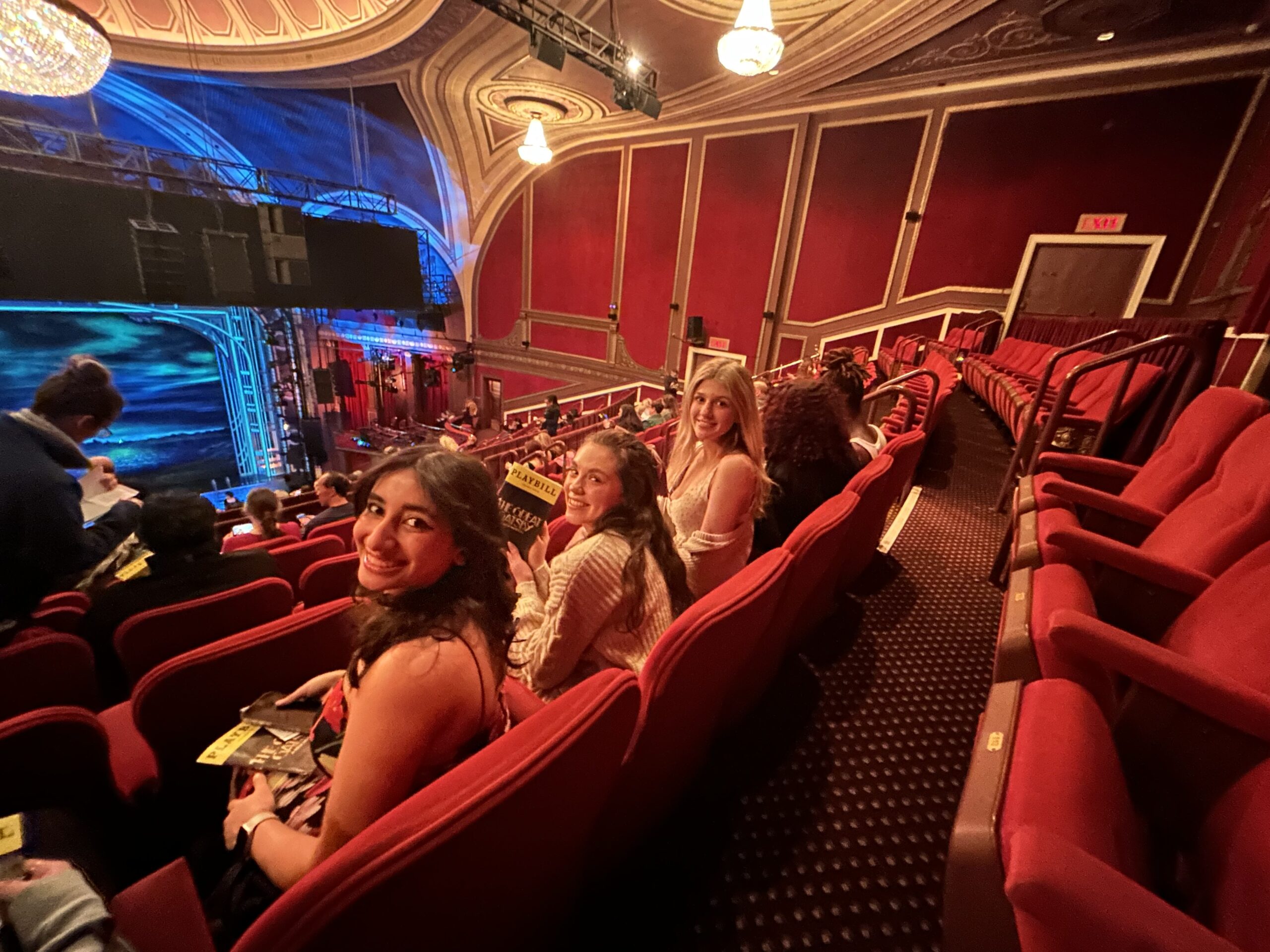
Part Four: Programming
- Succulent planting
- Chicago on Broadway
- The Great Gatsby on Broadway
- A trip on the Staten Island Ferry and outlet shopping spree

